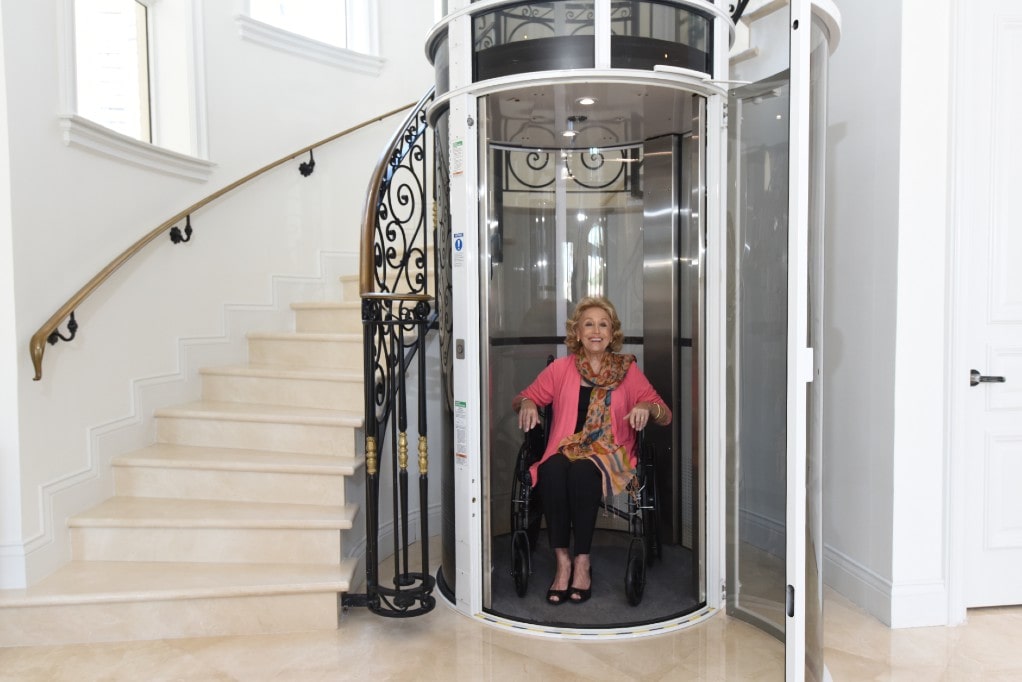Discover Trusted Lift Repair Near Me for Rapid and Affordable Solution
Discover Trusted Lift Repair Near Me for Rapid and Affordable Solution
Blog Article
Looking Into the Globe of Lifts: Usual Issues Dealt With by Various Lift Mechanisms
As we navigate with the upright transportation systems of modern-day buildings, elevators stand out as an essential element of our everyday lives. From hydraulic lifts to traction systems and machine-room-less styles, each lift type comes with its set of common issues.
Hydraulic Elevators
Hydraulic lifts, typically preferred for low-rise buildings, make use of fluid pressure to control the movement of the lift automobile (lift repair companies). This system entails a hydraulic pump pushing oil into a cyndrical tube, triggering the elevator to move in the desired direction. While hydraulic lifts are recognized for their peaceful and smooth procedure, they do come with their very own set of common concerns
One common issue with hydraulic lifts is oil leak. The seals in the hydraulic system can break over time, causing oil seepage. If left unaddressed, this not just creates a mess however can likewise impact the elevator's efficiency. Furthermore, problems with the control system, such as damaged valves or a malfunctioning pump, can create disturbances in the elevator's movement.
Regular maintenance and timely repair services are important to make certain the smooth performance of hydraulic elevators. By dealing with these usual concerns proactively, structure proprietors can minimize downtime and make certain the security and performance of their vertical transportation system.
Traction Elevators
When taking into consideration vertical transportation systems in buildings, one more common kind besides hydraulic lifts is the grip lift. Grip elevators run using a system of ropes and counterweights that relocate the lift car by grasping onto the hoist ropes. This device permits for smoother and much faster vertical transport compared to hydraulic systems.
Among the typical concerns encountered by traction elevators is rope wear. The continuous activity of the ropes within the traction system can result in use and tear with time, possibly causing the elevator to malfunction or become hazardous for use. Routine examinations and upkeep of the ropes are vital to guarantee the elevator's proper functioning and security.
An additional issue that grip elevators may encounter is connected to the control system. Problems with the control system can bring about problems such as irregular activity, delays in reaction times, or perhaps total shutdowns. Routine testing and maintenance of the control system are crucial to prevent such concerns and make sure the elevator's dependability.
Machine-Room-Less (MRL) Lifts

Among the essential parts of MRL elevators is the compact gearless traction equipment that is set up within the hoistway. This equipment successfully drives the lift vehicle without the requirement for bulky equipment found in standard traction elevators. In addition, MRL lifts usually use a counterweight system to stabilize the automobile, further improving their power effectiveness.
Regardless of their advantages, MRL elevators may face difficulties related to repair and maintenance as a result of the restricted room for equipment installment. Availability for servicing components within the shaft can be restricted, needing specialized training for service technicians. Appropriate upkeep routines and normal evaluations helpful hints are crucial to make sure the ongoing smooth procedure of MRL elevators.
Overloading and Weight Limitation Issues
Are lifts outfitted to take care of excess weight loads effectively and safely? Straining and weight restriction issues are vital worries in elevator operations. Elevator manufacturers layout raises with certain weight abilities to make sure passenger safety and security and tools longevity. Exceeding these weight limits can lead to various issues, consisting of mechanical failures, delays, and security dangers.
When elevators are overwhelmed, it places too much strain on the motor, wires, and various other elements, possibly causing breakdowns or breakdowns. Security systems such as sensors and overload sensing units remain in place to avoid lifts from moving if they detect excess weight. Furthermore, exceeding weight limitations can cause boosted power usage and damage on the lift system.
To reduce overloading problems, constructing managers should plainly show weight limitations in lifts and enlighten passengers on the relevance of sticking to these limitations - lift repair companies. Regular maintenance checks by certified service technicians can likewise help make certain that elevators are operating within safe weight specifications. By addressing overloading and weight limitation issues proactively, structure proprietors can improve lift safety and performance
Electrical System Failures
Going beyond weight limits in elevators can not only cause mechanical issues yet additionally possibly add to electrical system failures within the lift infrastructure. Electrical system failures are an essential worry in elevator operation, as they can trigger unforeseen closures, malfunctions, or perhaps security hazards. One typical electrical concern is the getting too hot of parts as a result of extreme existing circulation brought on by overwhelming the lift beyond its ability. This can lead to damage to the control, motor, or wiring systems, resulting hop over to here in costly repairs and downtime.
Regular maintenance and assessments are important to determine and deal with possible electric concerns promptly, making certain the efficient and risk-free procedure of elevator systems. By adhering to weight limitations and carrying out regular electric system checks, structure owners can reduce the threat of electrical failings in elevators.
Verdict

Hydraulic elevators, usually preferred for low-rise structures, utilize fluid stress to regulate the movement of the lift auto.When considering upright transport systems in buildings, one more usual type apart from hydraulic elevators is the grip lift. Grip lifts operate using a system of ropes and counterweights that move the lift auto by grasping onto the hoist ropes. Unlike standard lifts that call for a different maker space to house the tools, MRL lifts integrate many of the parts within the shaft, getting rid of the demand for a committed device space.In final thought, lifts deal with common concerns such as hydraulic malfunctions, traction system failures, and electrical system problems.
Report this page